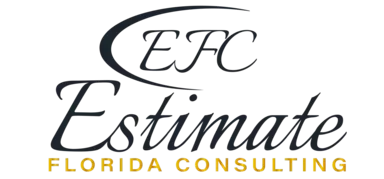How Much Does an Elevator Cost for a 3-Story Building?
An elevator for a 3-story building typically costs between $48,000 and $62,000, averaging $160 to $210 per square foot. This price includes the elevator unit, installation, permits, and necessary building modifications. Costs can vary based on the type of elevator (hydraulic, traction, or machine-room-less), customization options, and the building’s structural requirements. Additional expenses may arise from structural changes ($5,000 to $15,000), electrical work ($1,000 to $3,000), and finishes ($2,000 to $5,000). To ensure a successful installation, obtain multiple quotes, choose a reliable installer, and plan for long-term maintenance. Proper installation enhances accessibility and property value.
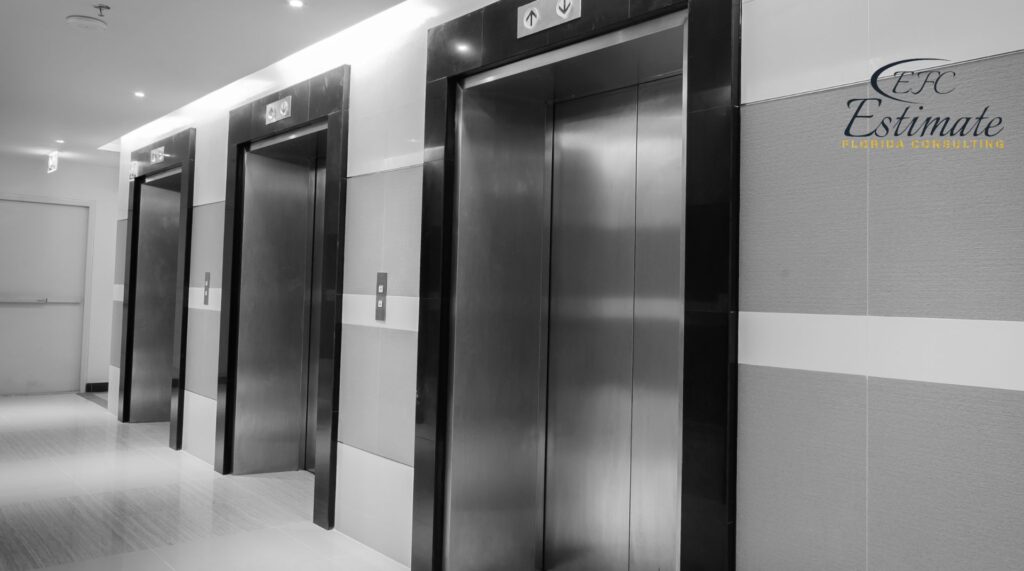
Elevator Prices by Size
The size of an elevator significantly impacts its overall cost. Building codes usually restrict residential elevators to a maximum of 18 square feet. For a hydraulic elevator of this size, you’ll need to allocate about 5 square feet. These hydraulic units are integrated into the building, often hidden behind doors or bookcases, and finished to blend seamlessly with the decor.
Vacuum or pneumatic elevators, on the other hand, require less space—typically around 3 feet by 4 feet, which is sufficient for one occupant in a wheelchair. These smaller pneumatic elevators usually carry one or two occupants and have weight limits of 450 to 500 pounds. Pneumatic systems feature a clear or transparent tube that remains visible within the building. While they offer fewer decorative options, they are more space-efficient and less expensive to install, fitting into tighter spaces where traditional elevators wouldn’t.
Compact units designed for one or two people save space with their modest diameter and weight capacities, making them ideal for individuals with mobility issues. Larger elevators suit buildings with more space and can handle heavier loads. Heavy-duty elevators typically support wheelchairs and have a total capacity of up to 1,400 pounds, making them a better choice for larger families or those needing to transport multiple people or heavy items.
Size | Weight | Cost (Installed) |
1 Person | 350 lbs | $18,000 – $24,000 |
2 People | 500 lbs | $30,000 – $36,000 |
3 People | 900 lbs | $42,000 – $48,000 |
4 People | 1,100 lbs | $54,000 – $60,000 |
5 People | 1,250 lbs | $66,000 – $72,000 |
6 People | 1,400 lbs | $72,000 – $78,000 |
Elevator Cost by Type
When considering the installation of elevators in a building, there are five main types to choose from. Each type has its unique mechanics, costs, and space requirements. Among these, hydraulic and pneumatic elevators are particularly popular for residential buildings.
Elevator Types and Costs
Type | Average Cost (Installed) |
Cable Driven | $18,000 – $42,000 |
Hydraulic | $26,400 – $63,600 |
Geared Traction | $30,000 – $45,600 |
Chain Driven | $32,400 – $74,400 |
Gearless Traction | $34,800 – $66,000 |
Pneumatic | $42,000 – $72,000 |
Get 5 New Leads Next 7Days With Our System
- Multi-Family Building
- Hotel Building
- Hospital Building
- Warehouse Building
- High-Rise Building
- Shopping Complex
Cable-Driven Elevator
Cable-driven elevators cost between $18,000 and $42,000. These elevators operate using a cable wound around a drum, which raises and lowers the elevator. This system requires significant space for the drum in addition to the shaft but has a relatively small overall footprint. Often used in new constructions, cable-driven elevators can also be added to existing buildings. They are similar to commercial elevators found in office buildings and hotels, requiring a mechanical room for operation. However, the cables need to be replaced every five years due to wear and tear.
Hydraulic Elevator
Hydraulic elevators for buildings cost between $26,400 and $63,600. They use a piston inside a cylinder to move the elevator. The power system for these elevators is located within the shaft, eliminating the need for a separate machine room. The compact controller can fit inside a small cabinet next to the elevator unit. Hydraulic systems come in two types: holed, which require a pit for the cylinder, and holeless, which do not need a pit. Regular maintenance includes replacing cables every five years to ensure safe operation.
Geared Traction Elevator
Geared traction elevators range from $30,000 to $45,600. They use a motor with a gearbox and a pulley system to lift and lower the elevator cab. These elevators are slower than gearless models and have a maximum travel distance of 250 feet. A key advantage is their low energy consumption, making them an economical choice for buildings.
Chain-Driven Elevator
Chain-driven elevators cost between $32,400 and $74,400. These elevators use a counterweight attached to a chain that moves in the opposite direction of the elevator car. This system requires a larger shaft but does not need a separate motor room, saving space in the building. Chains are stronger and more durable than cables, resulting in less maintenance and fewer repairs. However, chain-driven elevators are noisier, which can be a drawback in residential settings.
Gearless Traction Elevator
Gearless traction elevators cost from $34,800 to $66,000. They operate by moving along a track with a counterweight system that raises and lowers the elevator. These elevators are suitable for existing buildings because they do not require much space, pits, or mechanical rooms. However, they need additional space at the top of the shaft for the mechanical components. Due to these space requirements, gearless traction elevators are often used in commercial buildings rather than residential ones.
Pneumatic Elevator
Pneumatic elevators are the most expensive, with costs ranging from $42,000 to $72,000. They use a vacuum tube to move the elevator car up and down. These elevators take up minimal space but are highly visible within the building. They do not require a pit or machine room, making them easier to retrofit into existing structures. However, their visibility can be a drawback, as they cannot be hidden and must remain exposed.
Elevator Cost by Number of Floors
The cost of installing an elevator in a building varies based on the height and the number of floors it needs to service. Installing an elevator in a three-story building will cost more than in a two-story building due to the additional labor and materials required. Generally, the installation cost increases by about $10,000 for each additional story. The prices below reflect the average costs for installing a pneumatic elevator.
Number of Floors | Average Cost (Installed) |
2-Story Building | $45,600 – $66,000 |
3-Story Building | $57,600 – $74,400 |
Elevator Prices by Style
Elevators in buildings come in a variety of styles, each with unique features and costs. The choice of cab style can significantly impact the overall cost of the elevator. Building owners can select styles that match the building’s decor, adding a personalized touch to the space. Each style offers different advantages, aesthetic appeal, and maintenance considerations.
Glass Cab Elevators
Choosing a glass cab for an elevator is a stylistic choice that offers a modern and sleek appearance. Glass models use the same mechanics as metal and wood elevators but provide a more contemporary look. These elevators can create a sense of openness and transparency within the building, making spaces feel larger and more connected. A glass cab elevator may be slightly cheaper than wood models, with single-passenger versions priced under $18,000. Despite the lower cost, glass elevators offer an elegant and sophisticated design. They are ideal for buildings with a modern aesthetic, and their transparent nature can add a unique architectural element to any space.
Small and Shaftless Elevators
Small and shaftless elevators often have plain or non-existent cabs, making them a cost-effective option. These elevators are designed to be space-efficient and are perfect for buildings with limited space or for retrofitting existing structures. They can be installed with minimal structural modifications, reducing the overall installation cost. However, larger cabs come with more decorative options but will start at least $12,000 higher. These elevators typically offer wood paneling or metal walls, providing a more luxurious feel. Custom-built cabs, which can include tile, wainscoting, wood paneling, and faux painting, can significantly increase costs, sometimes reaching $120,000 or more. Despite the higher cost, these custom options can add significant value and aesthetic appeal to the building, making them a worthwhile investment for those seeking a unique and personalized touch.
Exterior Design
The exterior design of the elevator also impacts cost and overall aesthetic appeal. Shaftless models usually feature a clear tube or basic folding door and are less expensive. These designs are functional and straightforward, providing a minimalistic look. More decorative or concealed cabs, however, are significantly pricier, potentially adding up to $32,400 to the final cost. These options can include intricate designs, high-quality materials, and advanced finishes that enhance the overall look of the building. If you wish to fully conceal the elevator, custom cabinetry or architectural elements can be added to blend seamlessly with the surrounding decor. This approach not only maintains the interior design of the building but also adds an element of surprise and luxury.
Building owners typically consider three main styles for new elevators: modern, Victorian, and vintage. Each style offers unique features and can be customized to fit the building owner’s preferences. Most companies allow customization of cab materials and lighting options, with antique appearances often increasing the project cost. These styles cater to different tastes and architectural designs, providing building owners with the flexibility to choose an elevator that best fits their building’s aesthetic and functional needs.
Elevator Styles and Costs
Style | Average Cost (Installed) |
Modern | $24,000 – $48,000 |
Victorian | $42,000 – $66,000 |
Vintage | $44,400 – $78,000 |
Elevator Replacement Cost
Replacing an existing elevator system in a building can be a cost-effective way to upgrade its accessibility and functionality. The total cost will depend on the type of elevator being replaced, whether you are switching to a different type, and the extent of the work required. Replacement costs can range from as low as $12,000 to over $60,000.
For example, if you are changing from a cable-driven system to a hydraulic elevator, you should expect to add an extra $6,000 to $12,000 to the overall cost. This is because different types of elevators have unique installation requirements and may need additional structural modifications. Despite the potential additional costs, upgrading to a more efficient or suitable elevator system can enhance performance and reliability, offering long-term benefits for the building.
Switching to a different type of elevator may also require significant modifications to the existing shaft and mechanical systems, which can drive up costs. However, these upgrades can lead to improved safety, increased speed, and a smoother ride for users. Additionally, newer elevator models often come with advanced features such as energy-efficient motors, smart controls, and enhanced accessibility options, which can add value to the building and improve user experience.
Download Template For Fire Safety Project Breakdown
- Materials list updated to the zip code
- Fast delivery
- Data base of general contractors and sub-contractors
- Local estimators
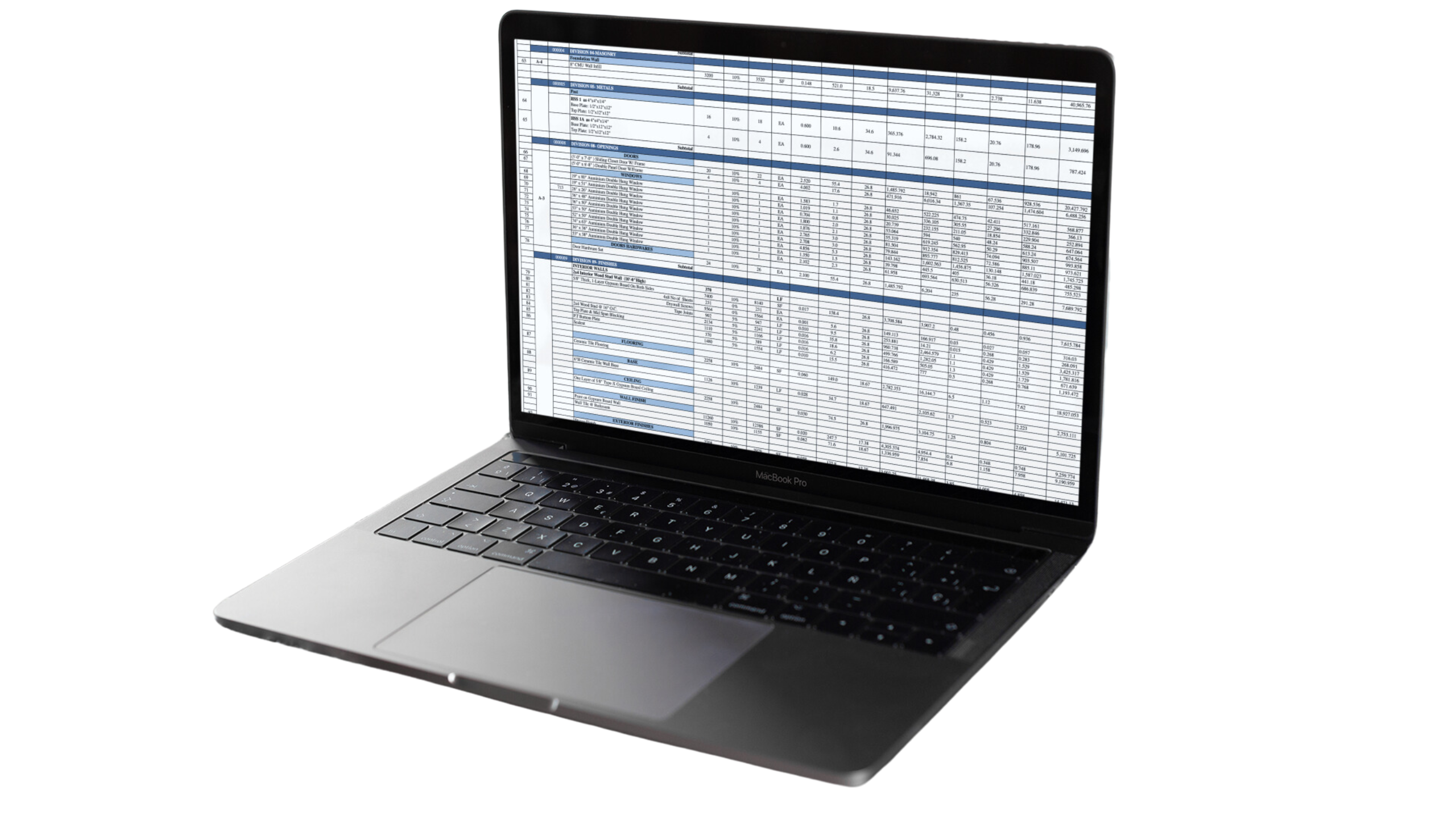
Elevator Installation Process
The process of installing an elevator in a building can vary widely depending on the type and location of the elevator. For shaftless units, installation is relatively straightforward: positioning the lift, connecting the electricity, and cutting and finishing the holes between floors.
For elevators requiring a shaft, the procedure is more complex and involves several key steps. Here’s a detailed overview:
- Concrete Pit: A concrete pit is poured to support the elevator, typically with 12-inch thick floors and 8-inch thick walls. This foundational step ensures the stability and safety of the elevator system.
- Door Openings: Door openings are cut to accommodate the elevator access points. These can range in width from narrow, standard doors to wider hallway-sized openings, depending on the design and accessibility requirements of the building.
- Cab Size: Elevator cabs are generally no larger than 18 square feet. The size is dictated by building codes and space constraints within the building.
- Machine Room: If the elevator requires a machine room, it is installed next. The size of the machine room depends on the type of motor used, but it must have a door opening at least 30 inches wide for maintenance access. This adds approximately 20% to the project cost.
- Machinery Installation: For hydraulic lifts, the machinery is installed either above or below the elevator inside the shaft. This step includes running electricity to the area to power the system.
- Cab Construction: The elevator cab is constructed in place within the shaft. This involves installing the walls, floor, and ceiling of the cab, as well as any interior finishes.
- Access Panel: Elevators with hydraulic lifts and cable drums require an access panel in the cab for regular maintenance. This allows technicians to perform necessary inspections and repairs without significant disruption.
- Backup Battery System: Most modern elevators are equipped with a backup battery system to ensure functionality during power failures. This feature, along with the access panel. The backup system ensures that the elevator remains operational and safe in the event of a power outage.
Conclusion
Choosing the right fire alarm system for your commercial property is crucial for ensuring safety and compliance with fire safety regulations. Conventional, addressable, wireless, hybrid, and aspirating smoke detection systems each offer unique benefits suited to different types of buildings and needs. Assessing the specific requirements of your property and consulting with fire safety professionals can help you determine the best system for your business. Investing in a reliable fire alarm system not only protects lives and property but also provides peace of mind, knowing that your business is prepared for any fire emergency. Whether you need a simple and cost-effective solution or a highly advanced system with early detection capabilities, there is a fire alarm system that will meet your needs and budget.
FAQs
A reliable fire alarm system is crucial for protecting a commercial property. It ensures the safety of employees and customers and protects valuable assets from fire damage. Understanding different types of commercial fire alarm systems helps in choosing the best option for your business.
Conventional fire alarm systems are one of the oldest types of fire alarm systems. They divide the building into multiple zones, each equipped with detectors and manual call points. When a detector or call point in a zone is triggered, the control panel displays which zone the alarm is coming from. Each zone is monitored separately, requiring extensive wiring to connect all components to the control panel.
- Cost-Effective: Generally less expensive to install and maintain.
- Simple to Use: User-friendly control panels make monitoring and responding to alarms easy.
- Ideal for Smaller Buildings: Suitable for smaller commercial properties where pinpointing the exact fire location within a zone is not critical.
While reliable and cost-effective, conventional systems provide limited information about the specific fire location within a zone. This can delay response time in larger buildings. The extensive wiring required can also be a drawback in terms of installation time and disruption to operations.
Addressable fire alarm systems, or intelligent systems, are more advanced than conventional ones. Each device (detector, call point, etc.) has a unique address. When an alarm is triggered, the control panel identifies the exact location of the device that set off the alarm. The system continuously monitors each device, providing real-time data to the control panel.
- Precise Location Detection: Provides detailed information about the exact fire location, speeding up response times.
- Reduced False Alarms: Can differentiate between actual fire conditions and false alarms, reducing unnecessary evacuations.
- Scalability: Ideal for larger buildings, allowing for easy expansion and customization.
Addressable systems are typically more expensive than conventional ones, both in installation and maintenance. Their complexity may also require more specialized training for personnel.
Wireless fire alarm systems use radio frequency signals to communicate between detectors, call points, and the control panel, eliminating the need for extensive wiring. Each component communicates wirelessly with the control panel, ensuring real-time alerts and status updates.
Google Reviews

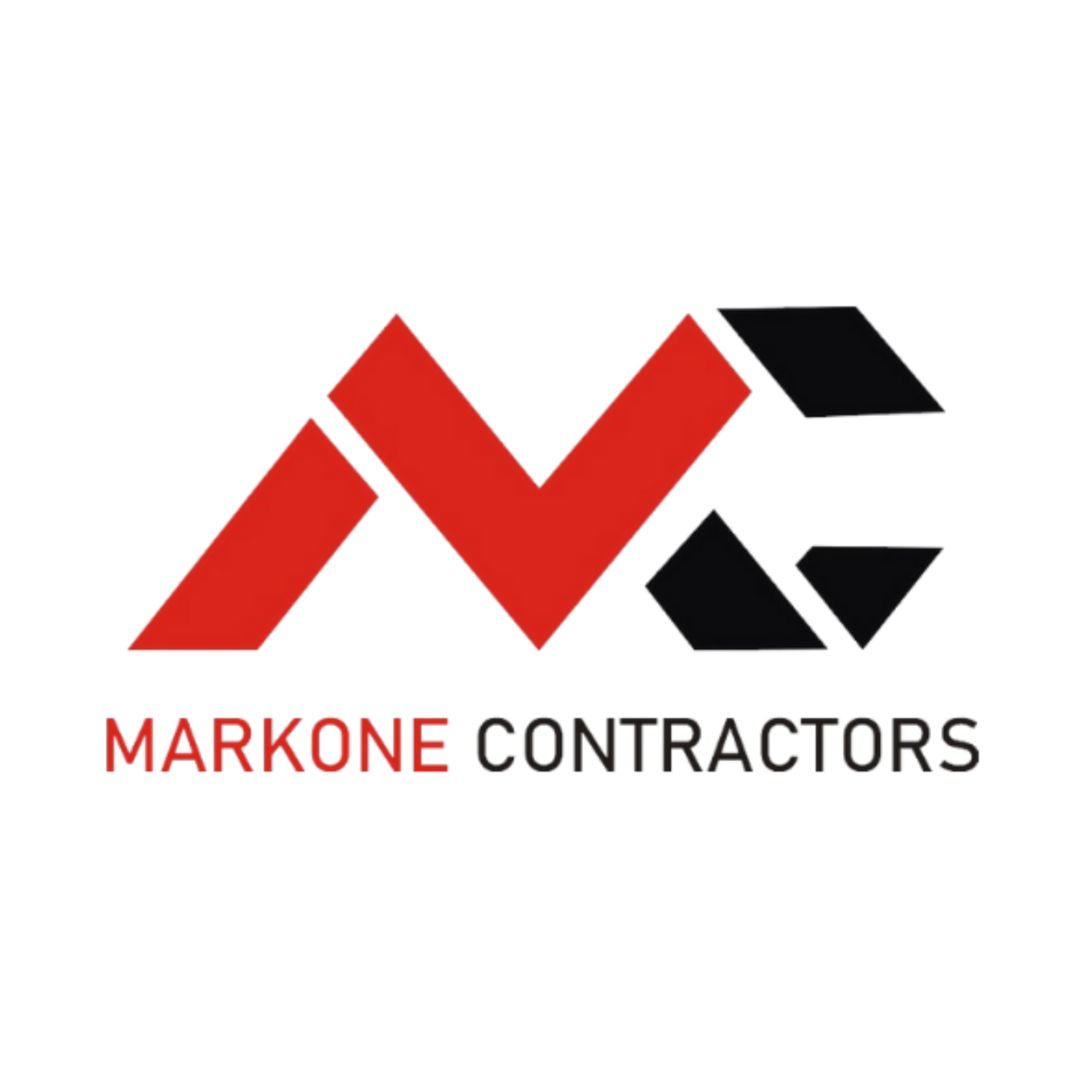
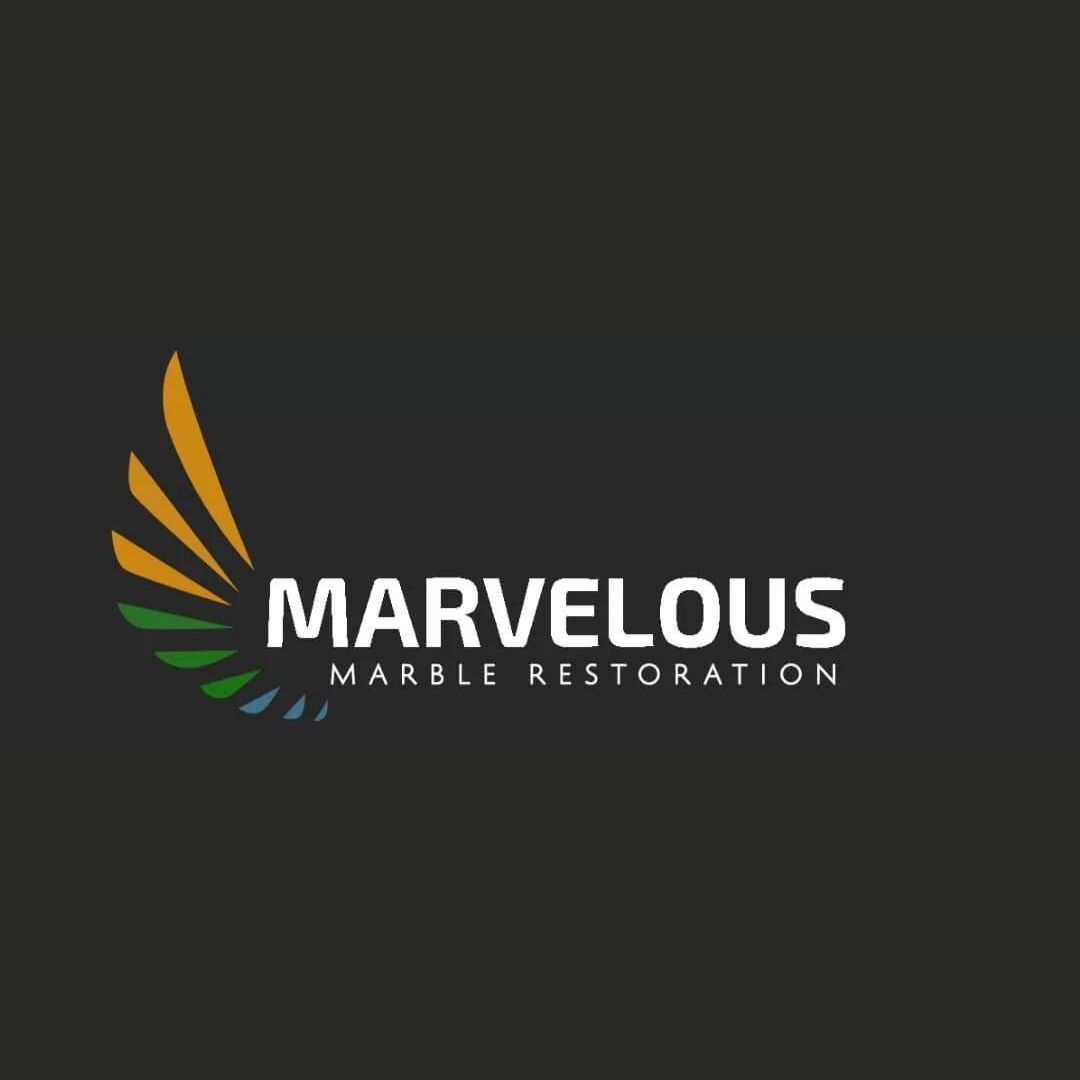
Process To Get Warehouse Fire Sprinkler System Cost Estimate Report
Here I am going to share some steps to get warehouse fire sprinkler system cost estimate report.
-
You need to send your plan to us.
You can send us your plan on info@estimatorflorida.com
-
You receive a quote for your project.
Before starting your project, we send you a quote for your service. That quote will have detailed information about your project. Here you will get information about the size, difficulty, complexity and bid date when determining pricing.
-
Get Estimate Report
Our team will takeoff and estimate your project. When we deliver you’ll receive a PDF and an Excel file of your estimate. We can also offer construction lead generation services for the jobs you’d like to pursue further.

